The automotive industry is training on lean shop floor practices, writes Ashish Bhatia.
The objective is to gain a fresh perspective on managing daily shop floor activities derived from the principles of lean manufacturing. Diving deep into the foundational concepts of lean manufacturing, the industry continues to gain actionable insights in a bid to enhance operational efficiency. From empowering executives with the knowledge and skills necessary to implement lean practices on the shop floor, the companies are adapting to lean manufacturing. The systematic methods further aid waste minimisation within a manufacturing system without sacrificing productivity.
The new learnings are crucial for modern manufacturing environments aiming to stay competitive and responsive to market demands. The industry has admitted to the importance of employee involvement and the introduction of tools to foster greater participation in continuous improvement processes. It has identified key deliverables like the lean manufacturing concept with a strong grasp of the fundamentals and philosophy behind lean manufacturing. With it, the task is cut out for Production Managers, Quality Assurance Managers, Manufacturing Engineers, Operations Managers, Continuous Improvement Managers, Supervisors, Team Leaders, and Process Engineers setting out to further understand lean manufacturing principles and improve operational efficiency.
ABB’s PixelPaint non-overspray technology is known to eliminate the need for time-consuming masking and demasking methods for two-tone painting in the automotive industry, significantly reducing time and costs, improving productivity, and tapping the demand for customised paint schemes to meet customer demand.
On the ground, ABB has a partnership with Mahindra & Mahindra (M&M). Under the partnership, the company has deployed ABB Robotics’ PixelPaint technology for its new line of EVs. It makes M&M the first OEM in India to implement this innovation. The deployment includes 42 IRB 5500 robots, enabling the use of PixelPaint for contrasting roofs and pillars.
ABB’s autonomous systems and RB1000i digitally enabled paint atomisers enhance transfer efficiency by 10 per cent. They are also claimed to reduce paint waste by over 30 per cent, promoting a more sustainable manufacturing process. The application of contrast colour onto bodywork required masking between paint processes. This gave rise to the need for nearly 20 operators per shift, with two people to remove the masking when the second coat was complete.
At ABB, the consistent step-up in profitability is said to be driven by capacity utilisation, efficiencies, and revenue quality as per the company’s Q3-CY24 highlights. Commenting on the company’s performance, Sanjeev Sharma, Managing Director, ABB India said, “We have delivered another quarter of consistent performance, creating balanced and profitable growth for our stakeholders and deepening engagement with our customers. We are thankful to our customers and proud of our teams. In line with our goal to achieve sustainable growth by taking a longer-term view of the market, our order basket comprised an optimal combination of long and short-cycle orders as has been the trend for the current and past few quarters.” He pointed at the large orders, terming them a marker of economic robustness led by government-led capex revival, which emerged from diverse sectors like transportation, metals, and even new ones like data centres.
As per the company release, in particular, the orders from the Process Automation business area also comprised automation and blending solutions for energy majors from the Energy Industries division and thyristor rectifiers for metals company from the Process Industries division. Orders from non-automotive, industry-led segments and electronics were predominant for the Robotics and Discrete Automation business area, which were lower given some large orders in Q3 CY2023. ABB India continues to have a strong order backlog as of September 30, 2024, at Rs. 9,995 crore, an increase of 25 per cent Y-o-Y.
Robotics and Discrete Automation remained flat aided by the execution of orders from the paint segment, the release stated. As per Sharma, India’s rapid adoption of automation, digitalisation, and process-driven manufacturing solutions across industries is expected to fuel sustained capex in infrastructure, productivity-enhancing technologies, and localised manufacturing.
Further differences in the line include using manipulators. The hoist and tackle process was bettered by a lifted power roller bed (Skid) system. Chassis frame assembly spot welding by a robotic setup using leading solutions providers like German-made Kuka. Rear door mounting has graduated from a manual process to a manual plus manipulator with a setting fixture as another example.
Today’s intelligent ecosystems are known to leverage high-end technologies to boost efficiency, reduce costs, and open doors to new possibilities. At Siemens, as part of Audi’s journey in virtualising shop floor automation, production has been made faster, more robust, and more flexible with the use of a virtual PLC. The Ingolstadt-based automotive manufacturer has aimed for a stable and consistently available production facility for scaling up operations. The amalgamation of innovations from the IT world aids continuous optimisation of production.
At Audi, the primary challenge identified was the use of many different devices. To adapt production to the increasing demand, more hardware devices have to be purchased. With the need for manual updates and high maintenance costs, high power consumption stands to reduce a plant’s energy efficiency. The solution is to merge IT and OT in production by virtualising the shop floor. Using software-based infrastructure, Edge Cloud 4 Production, is known to draw inspiration from data centres. SIMATIC S7-1500V virtual PLC plays a key role in this transformation. Not without continued development, testing, and rollout.
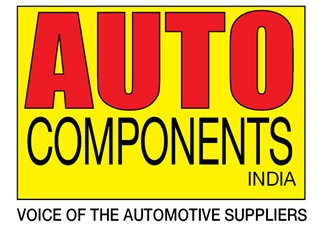



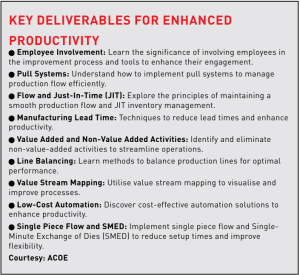

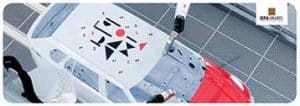
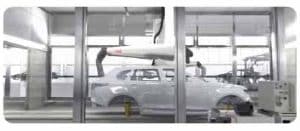
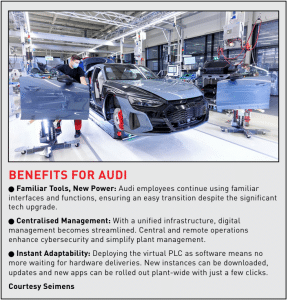

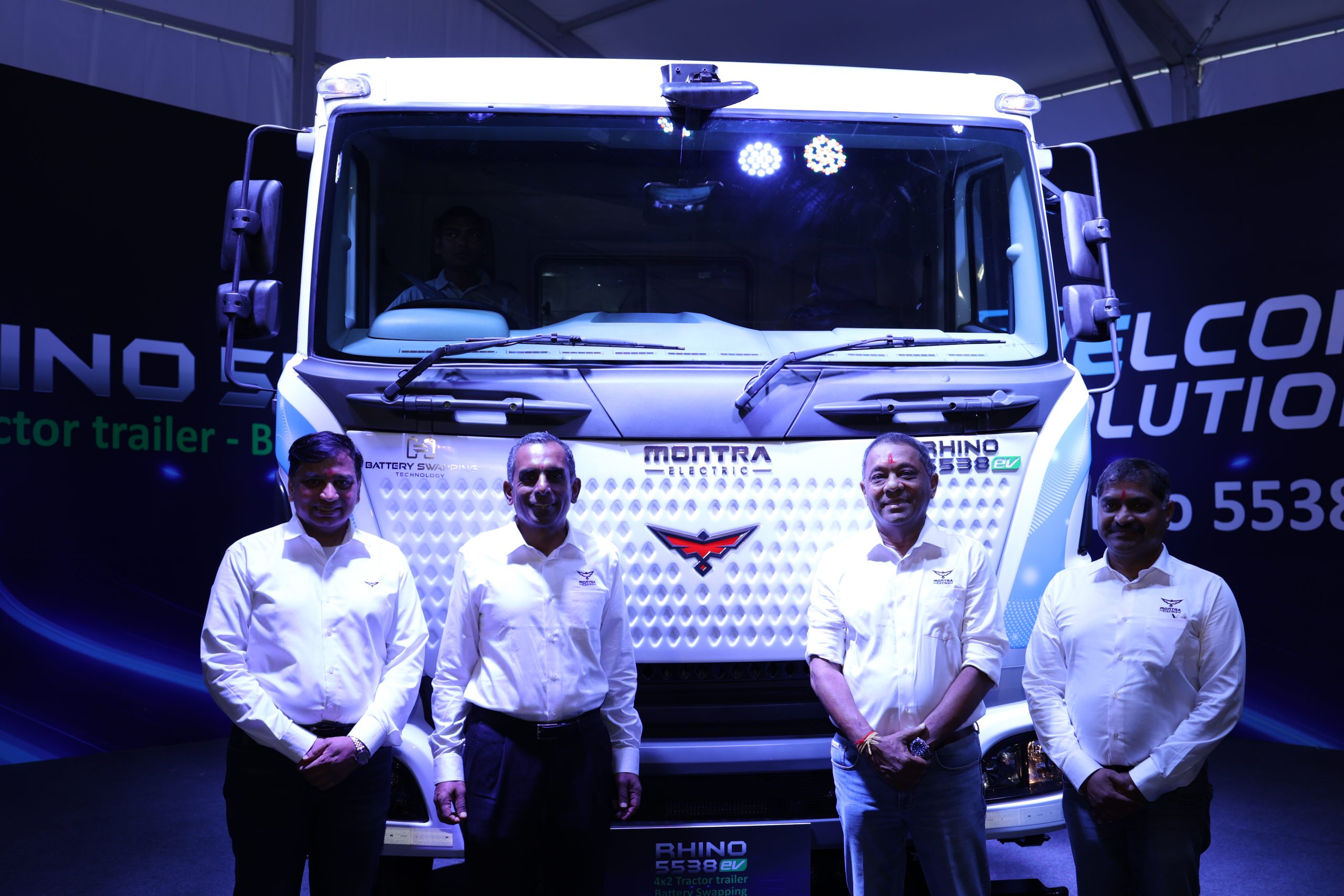
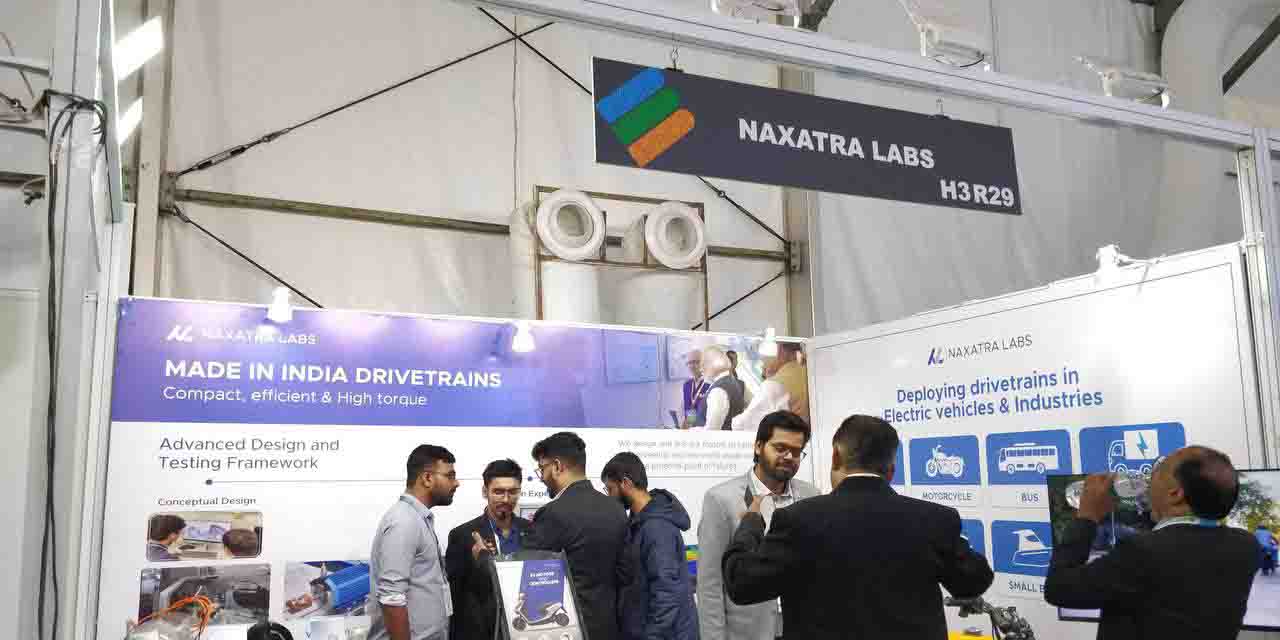
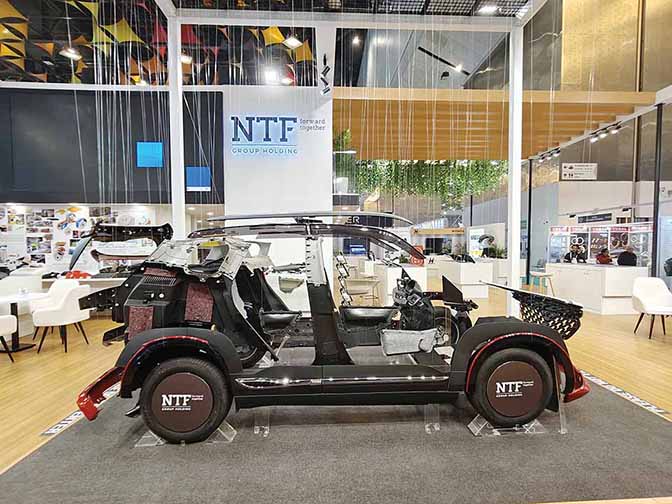

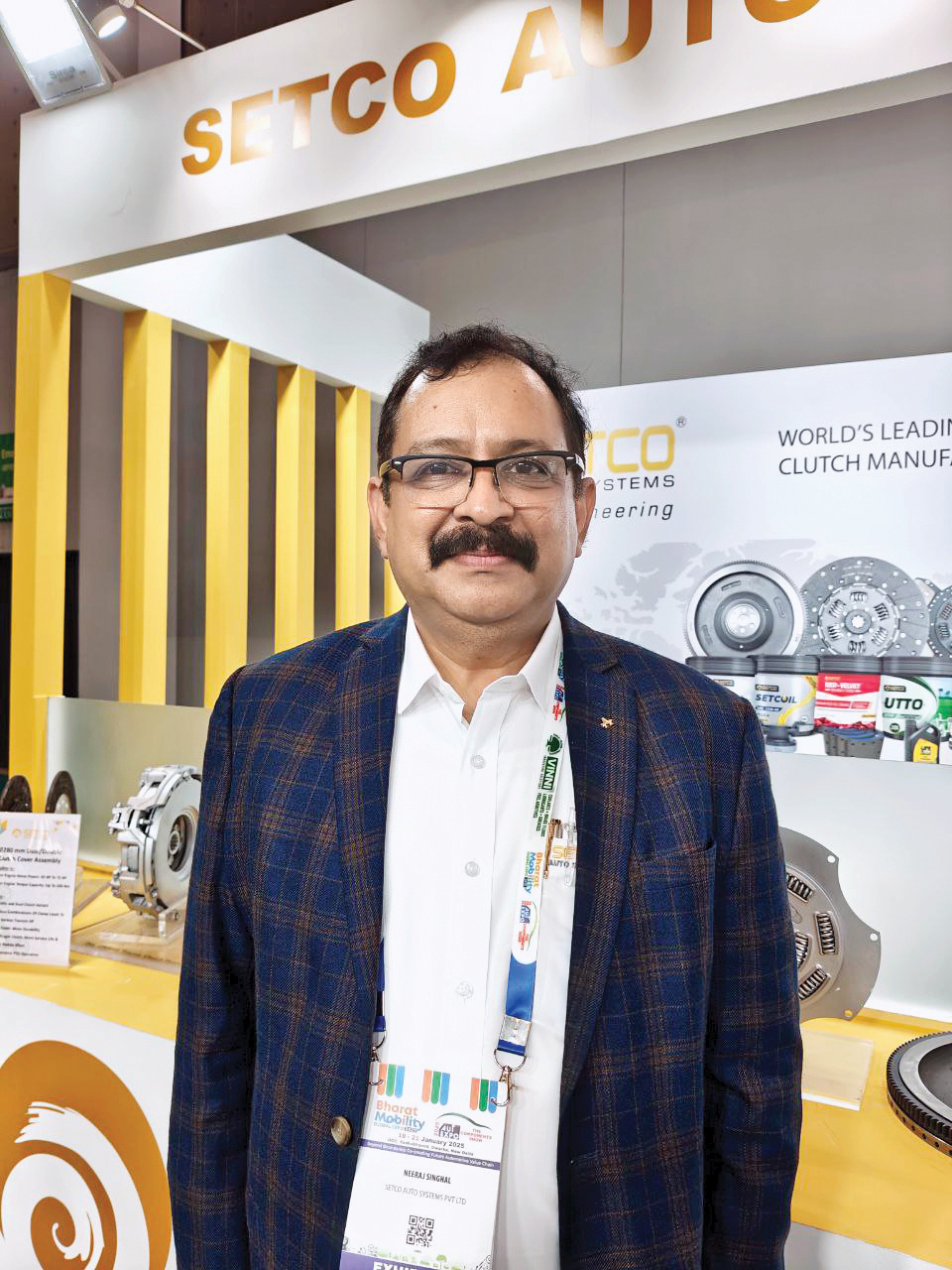
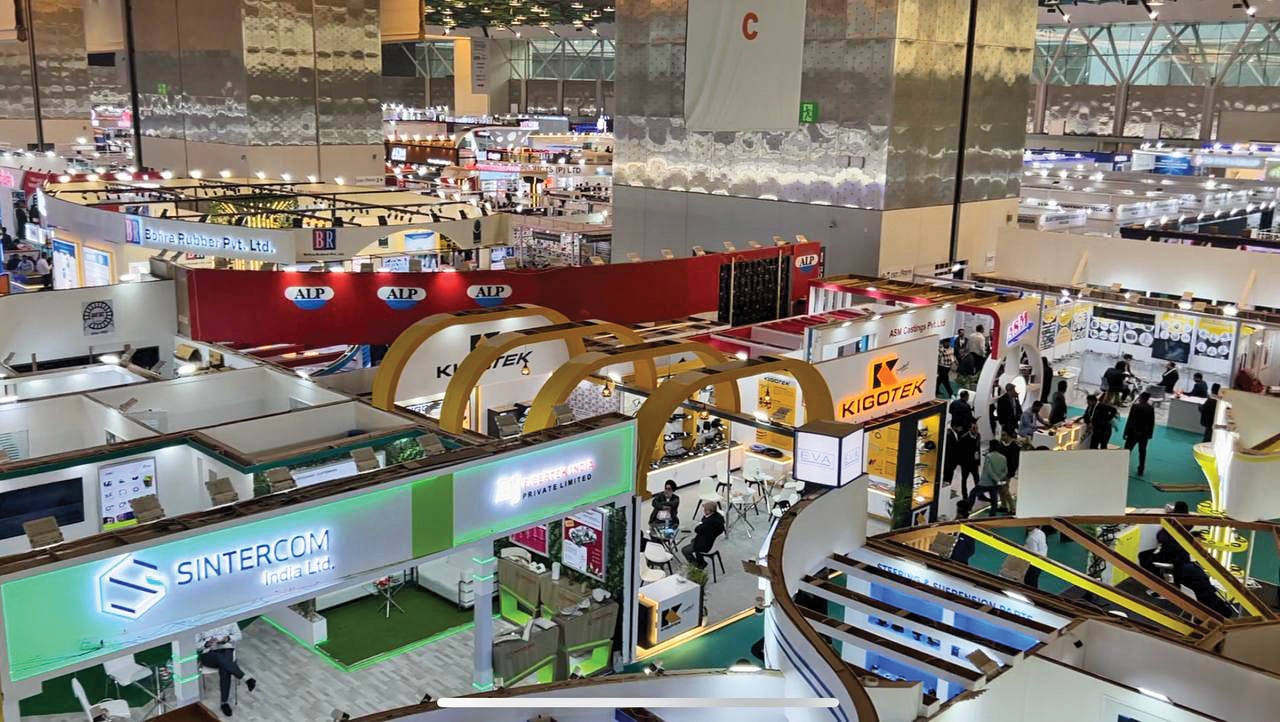
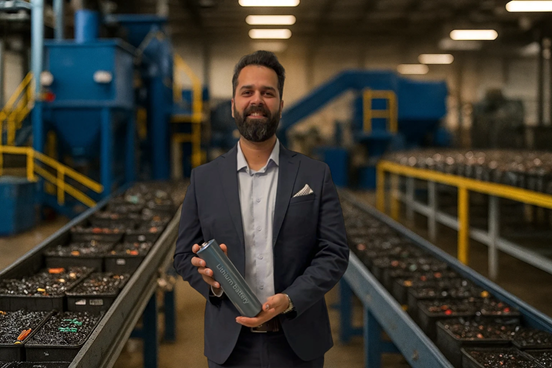
Leave a Reply